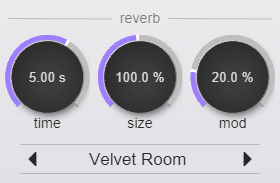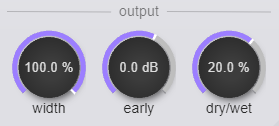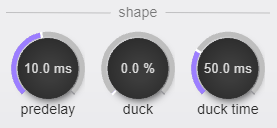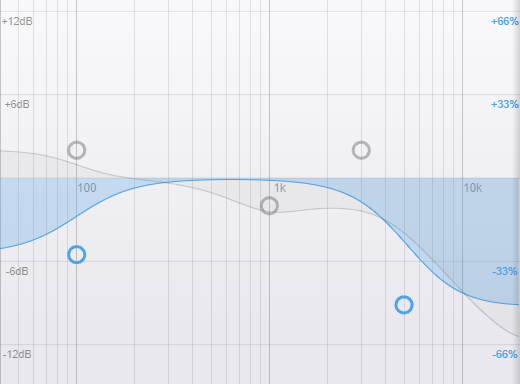Velvetverb
Modern algorithmic reverb
Buy ($60) Try DownloadVersion 1.1.1 // 2022-05-27 // changelog
Available as Windows 10+ VST3 // macOS 10.14+ AU, VST3
Modern algorithmic reverb
Buy ($60) Try DownloadVersion 1.1.1 // 2022-05-27 // changelog
Available as Windows 10+ VST3 // macOS 10.14+ AU, VST3




For information about installing Velvetverb, and what platforms it supports, please see the FAQ.
Velvetverb includes open-source software written by third parties. For more information, see the acknowledgements.

VST is a registered trademark of Steinberg Media Technologies GmbH.